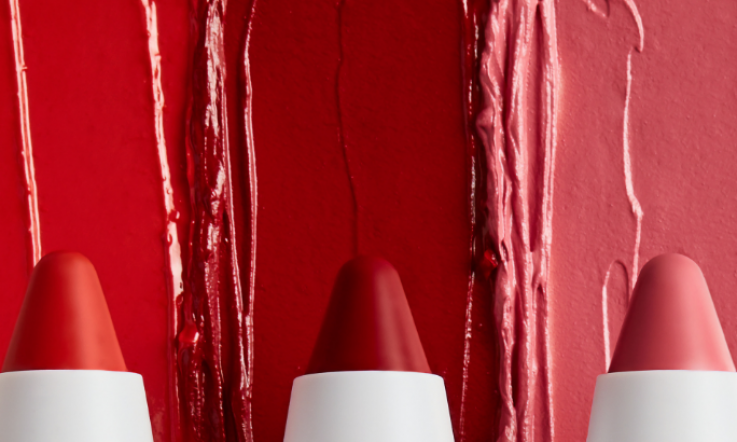Finding the right shade of lipstick

Lipstick can play a huge part in makeup application. It really can change your entire look. The right shade can enhance your features and make you feel confident and at your best.
But how do you pick the right shade for you?
You might admire somebody’s lipstick and buy it only to realize it doesn’t suit you.
With that in mind, it is important to remember what suits somebody else may not work for you. That’s okay because once you find your perfect shade you will never need another shade of lipstick again.
Here are some simple tips when choosing the right shade for you:
Skin Tone
Skin tone has a huge part to play in choosing a lipstick. There are five main skin tones we all fall into: fair, light, medium, tan, and deep. Figuring out which one you fall into should be your first step when choosing a lip colour.
Advertisement
Colour Chart
Once you know your skin tone, you can easily see which lip colours tend to go best with your tone.
Fair or light skin: Light pink, coral, peach, nude, and dusty red colours.
Medium skin: Rose, berry, cherry red, and mauve.
Tan skin: Coral, deep pink, bright red, no brown or purple shades though.
Deep skin tone: Brown and purple shades like plum, caramel, wine, and blue-based reds.
Advertisement
Skin Undertone
Your skin's undertone will also be a great guide to what suits you. There are 3 types of undertone: cool, warm, and neutral.
Cool undertone with fair skin: soft mocha or nude.
Cool undertone with medium skin: pink or cranberry shades
Cool undertone with tan or deep skin: ruby or wine shades.
Warm undertone with fair or light skin: pale pink or peachy nudes.
Advertisement
Warm undertone with medium, tan or deep skin: copper or bronze shades.
Neutral: most colours, both cool and warm tones.
Lip Size
Lip size will also make a difference in how a colour will appear on your lips.
Top-heavy lips: bright lipstick on the bottom of the lips and a slightly darker shade of the same colour on the top lip.
Bottom heavy lips: any colour that suits your undertone with an added bit of light nude colour right in the centre of the upper lip.
Asymmetrical lips: use a lip pencil in a shade similar to the lipstick colour to outline the lips.